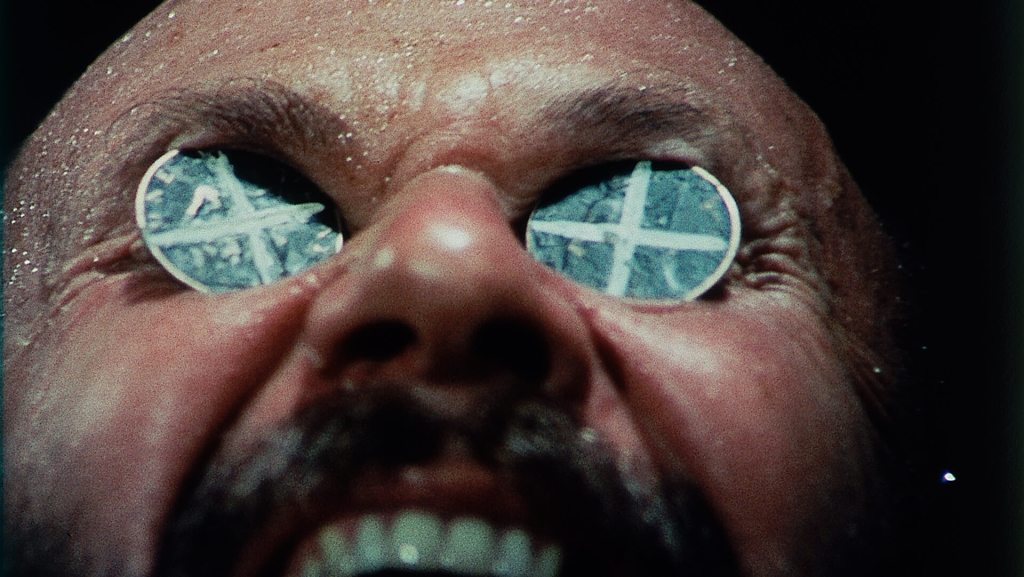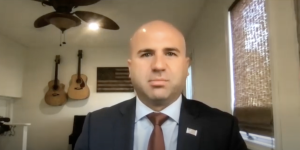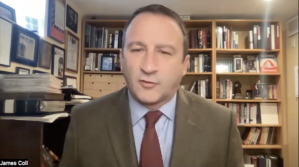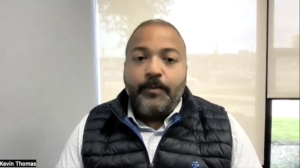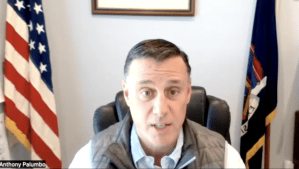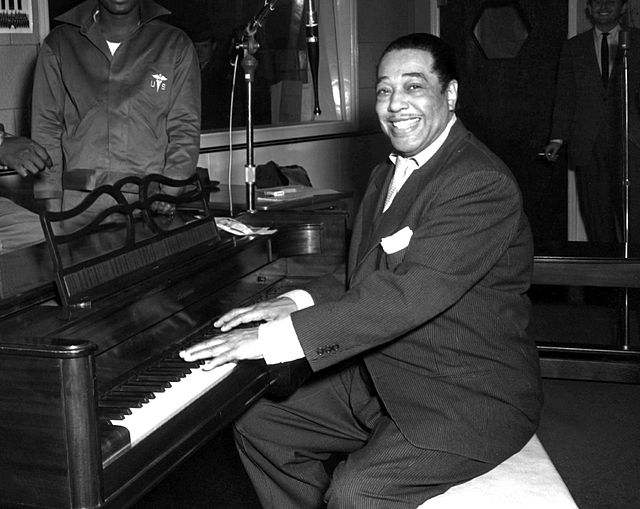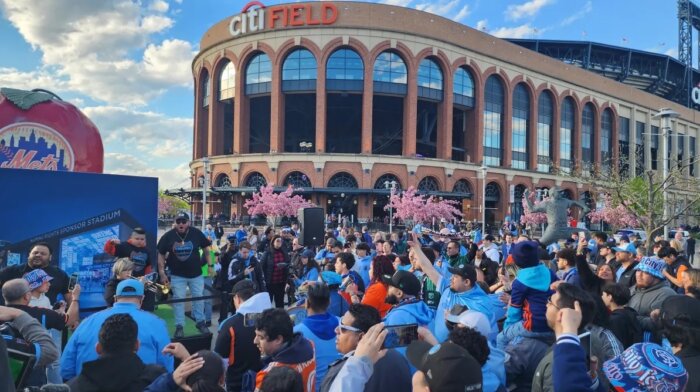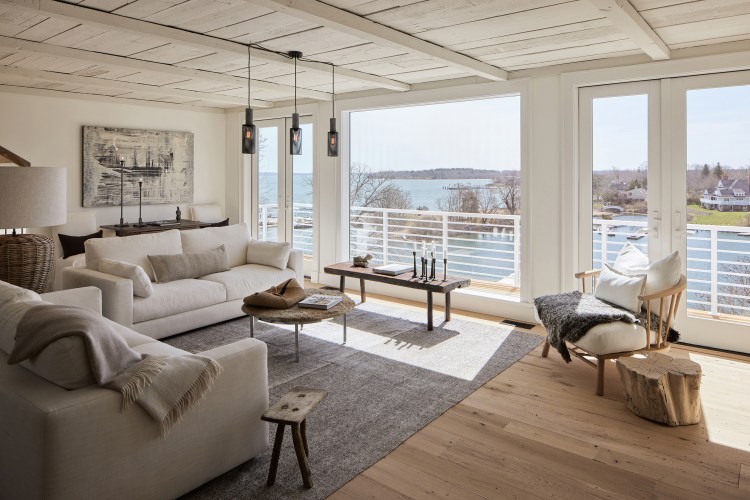 Almost as if coming back to haunt you, literally and figuratively, Ted Kotcheff’s 1971 violent Australian outback thriller Wake In Fright that caused quite a controversial stir back then, is hitting theaters this time around as a declared classic. So the Long Island Press phoned up Kotcheff, who has a distinguished filmmaking history under his belt, to find out why—which led to a rather surprising revelation regarding what he sees as Wake In Fright‘s philosophical connection to a subsequent movie he made, First Blood. Likewise mulled by the director during this conversation was Wake In Fright‘s display of bad behavior connected to hyper-masculinity, day-mares, victimized kangaroos, just how claustrophobic wide open spaces can be, and what he describes as a female-deprived type of insanity that, he along with his characters, has experienced, too.
Almost as if coming back to haunt you, literally and figuratively, Ted Kotcheff’s 1971 violent Australian outback thriller Wake In Fright that caused quite a controversial stir back then, is hitting theaters this time around as a declared classic. So the Long Island Press phoned up Kotcheff, who has a distinguished filmmaking history under his belt, to find out why—which led to a rather surprising revelation regarding what he sees as Wake In Fright‘s philosophical connection to a subsequent movie he made, First Blood. Likewise mulled by the director during this conversation was Wake In Fright‘s display of bad behavior connected to hyper-masculinity, day-mares, victimized kangaroos, just how claustrophobic wide open spaces can be, and what he describes as a female-deprived type of insanity that, he along with his characters, has experienced, too.
1. What do you feel it is about Wake In Fright that created such controversy, and also elevated your movie into a classic?
I think what intrigues people, is the whole idea of a lost film that’s found again and suddenly like risen from the dead! You know, to be exposed once more. And Wake In Fright never did a dime’s worth of business in this country back then, even though it was presented at Cannes during two different years. But now suddenly, Australians have flocked to the film. So now nearly four decades later, the film has been resuscitated.
2. What was the original controversy surrounding Wake In Fright?
I think Australians considered it an unsympathetic depiction of the Aussie male and the fact that they felt they were being rubbished. And here in NY, United Artists felt that these drunken men who go out and start massacring kangaroos, they thought audiences would be repelled.
3. How do you feel Wake In Fright reflected its historical moment?
It’s interesting, I think tastes have changed a little. Whereas back in 1971, people were very upset about the kangaroos and in spite of all my protestations that no animal had been killed for the film. But I think now, films have toughened audiences. And they’re not so sensitive. So there has been less protest, hardly any protest about those scenes.
4. And what about how you felt your film commented on society back then?
I think it’s true then and now, that we are ambivalent creatures. And I think there’s a civilized side to us, but then there’s a thin veneer where we can fall into kind of a dark side of us. And I still think that’s true today. I think that’s part of the human experience. And that we are capable of the shadow side. We’re very ambiguous creatures.
5. And why is that something which intrigues you, because you’ve made a number of films on that subject.
You’re absolutely right, Prairie. But I don’t know what intrigued me! It’s possible that I make films like Duddy Kravitz and others, where the central characters don’t know what they’re capable of under extreme circumstances. And I think that is what intrigues me, is that I probably don’t know myself!
6. What do you see Wake In Fright expressing about the working class, especially in those raucous gambling scenes?
It’s funny that you should mention those gambling scenes, because when I was staying there, I myself got obsessed with playing! Because there’s nothing else to do there. It was a town in the middle of nowhere. And with one hundred miles in every direction, of nothing. Listen, this is a mining town, and totally isolated. And the men outnumber the women, three to one, Prairie, in the town. And there are no brothels. No brothels at all. So what do you do. You either get drunk, you gamble, or you shoot kangaroos. Or you fight. I mean when I was out there, I said I can’t stand this anymore! If I don’t talk to something soft soon, I’m gonna lose my mind! So I was crazy! A bit. Due to a lack of female presence.. And the women, as I suggest in the movie, they’re not allowed to go anywhere. They’re not allowed to go into the pubs. And they’re not allowed to go into the clubs. It’s men only. And the suicide rate of women there was five times higher than the national average for women.
7. Are you working on anything else now?
I did take a hiatus from films. Rightly or wrongly! I was the executive producer of Law And Order: Special Victims Unit, I did that for twelve years. And that intrigued me. Because certainly nobody had gone into the world of sex crimes before. I was always fascinated by what goes on in the heads of these perpetrators. But I have the possibility of doing a miniseries for television, about the Shanghai Jews in 1938. The only country that would take them was China. That was when they were fleeing Austria and Germany. And they ended up in Shanghai. It’s a very fascinating story.



